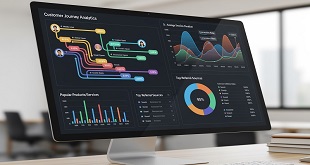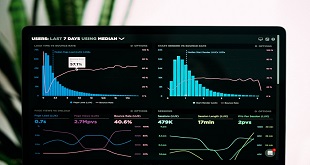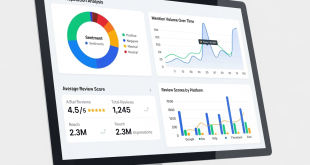It’s no secret that laboratory presentations and ads can be a bit dry. However, implementing a few simple strategies can make your presentation more engaging and interesting to your audience. This blog post will explore ten ways to improve your laboratory presentations. So whether you are presenting at an upcoming conference or creating an ad for your lab, keep these tips in mind!
1. Coloring SEM Images
SEM (scanning electron microscope) images are often black and white. Colored sem images are more visually appealing and help your audience to understand the data more easily. This strategy is especially effective for images that contain a lot of detail.
2. Adding Visual Aids
Visual aids such as charts, graphs, and infographics can help to make your data more understandable and visually appealing. These aids can also help to break up long blocks of text and make your presentation more engaging. You can create your own visual aids or use ones that are available online.
3. Using Images and Video
Images and videos are very effective in catching people’s attention and helping them to understand complex concepts. When using photos, be sure to choose high-quality and relevant ones for your presentation. For video, ensure it is well-produced and adds value to your presentation.
4. Being Concise
When it comes to scientific presentations in laboratories in Massachusetts, less is more. No one wants to sit through an hours-long presentation, so make sure to be concise and to the point. Stick to the most critical information and leave out any superfluous details.
5. Making It Interactive
Making your presentation interactive can help to keep your audience engaged. There are a few different ways to do this, such as incorporating polls or surveys, using Q&A sessions, or allowing audience members to participate in activities.
6. Using Humor
Humor is a great way to engage your audience and add levity to your presentation. However, use caution with this strategy and ensure that your humor is appropriate for the audience and the subject matter.
7. Telling Stories
Telling stories is a great way to connect with your audience and make your presentation more interesting. When choosing a story to share, make sure that it is relevant to your presentation and that it illustrates the point you are trying to make.
8. Keeping It Simple
When giving a scientific presentation, it can be tempting to use complex jargon and terminology. However, this can often confuse and alienate your audience. It’s important to use language that is simple and easy to understand. Explain any technical terms you use and avoid acronyms or abbreviations unless they are well-known.
9. Making It Visually Appealing
Making your presentation visually appealing is essential in grabbing and holding people’s attention. Use colors, fonts, and images effectively to make your presentation more engaging. Avoid using too much text or data, as this can be overwhelming and difficult to follow.
10. Practice, Practice, Practice
Giving an excellent presentation takes practice. Make sure to rehearse your presentation multiple times to be confident and prepared when it’s time to give it. This will help you to deliver your presentation clearly and concisely.
Conclusion
By following these tips, you can improve your laboratory presentations and make them more engaging and interesting for your audience. So don’t be afraid to experiment with different strategies until you find what works best for you!
 Entrepreneur Resources Your source for small business information
Entrepreneur Resources Your source for small business information





